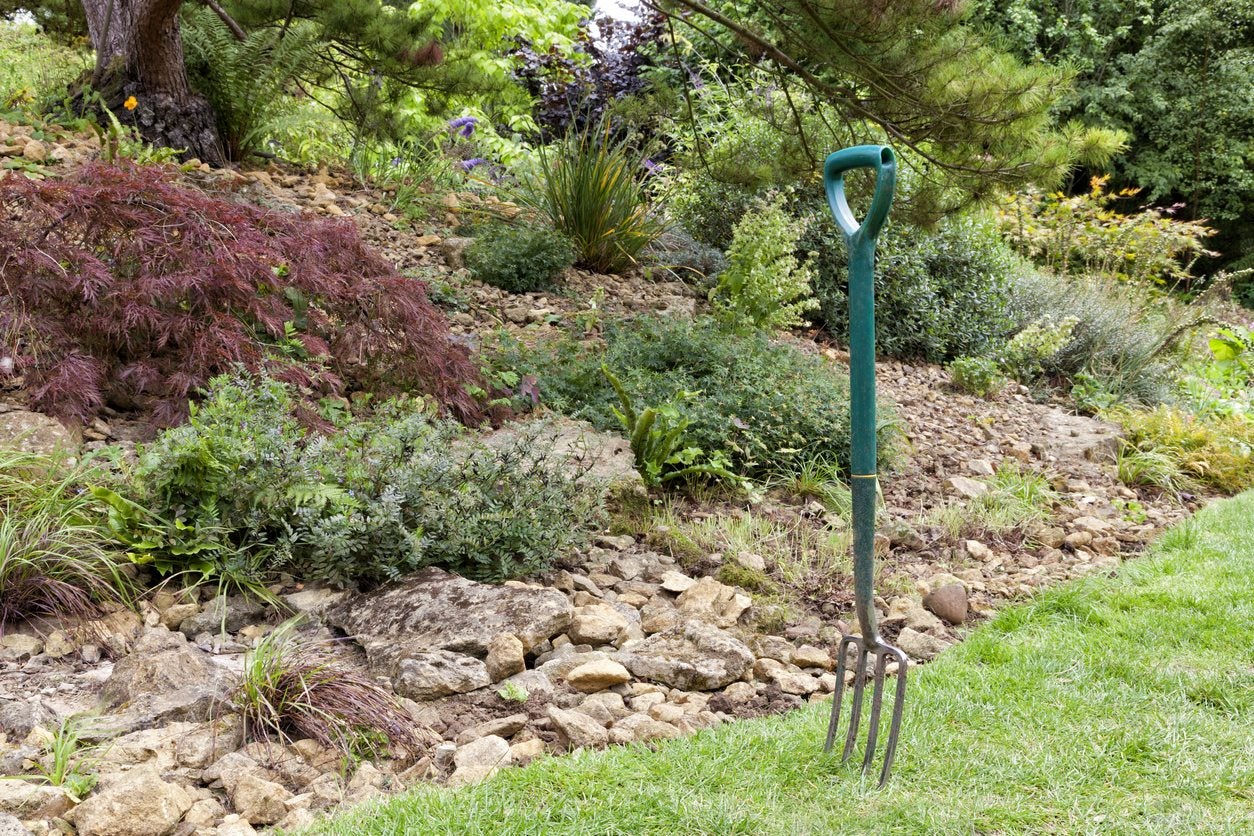Tips On Using A Garden Fork – Learn When To Use A Garden Fork

What is a gardening fork? A gardening fork is one of the most important tools to have around the garden, along with a shovel, rake, and pair of shears. Available forks include large versions for upright work and small ones for more detailed, low-to-the-ground tasks.
Types of Gardening Forks
First, there are the forks used for digging or aerating soil: the garden fork, digging fork (a.k.a. spading fork), and border fork.
- Garden fork – The garden fork is the largest of these and is useful for larger spaces. When to use a garden fork? These tough tools are great for heavier tasks like breaking up hard soil or establishing a new garden. Other garden fork uses include double digging and aerating soil. They are especially useful if you have heavy clay or compacted soil.
- Digging fork – A cousin of the garden fork, the digging fork (also known as the spading fork) is used for digging or turning over lighter soil types and for harvesting root vegetables. Like garden forks, digging forks most commonly have four tines.
- Border fork – The border fork is a smaller version of the garden fork, so it’s good for small people as well as small spaces. You want to purchase a border fork if you have a small garden where a larger fork would be overkill. They’re also useful for borders, raised beds, or other tight places where a larger fork may not fit.
Then, there are the pitchforks, which are sharp-tined forks used for moving or turning over materials like hay, straw, compost, or manure. Farmers use them for moving small hay bales and replacing the bedding in livestock stalls, among other tasks. Pitchforks can have two, three, four, or more tines. Unlike garden forks, the tines are usually curved upwards to provide more scooping ability. Common types of pitchforks in gardens include:
- Compost fork – A compost fork is a pitchfork with very sharp tines that are designed for cutting into the compost. This makes it easier to grab and lift the compost when turning over the compost pile.
- Potato fork – The potato fork is a specialized fork that makes harvesting potatoes easier and more efficient. These have varying numbers of tines, usually with blunt ends designed not to damage the potatoes.
All of the above forks are used while standing upright. Hand forks are designed for times when you want to work close to the ground. These small forks are held in one hand and are better for smaller, more detailed tasks.
Purchasing a Gardening Fork
Choose a fork that is strongly made, because poorly made forks can bend with use. Forged tools are stronger than those put together from multiple pieces. Selecting a well-made tool will make using a garden fork much easier, especially if you have heavy clay or compacted soil. A good tool will also save you money over time because you won’t have to replace it every few years.
Gardening tips, videos, info and more delivered right to your inbox!
Sign up for the Gardening Know How newsletter today and receive a free copy of our e-book "How to Grow Delicious Tomatoes".
Ilana Goldowitz Jimenez is a scientific and agricultural writer with a B.S. in Plant Sciences from Cornell University and a PhD in Chemical Biology and Infectious Disease from Harvard University.